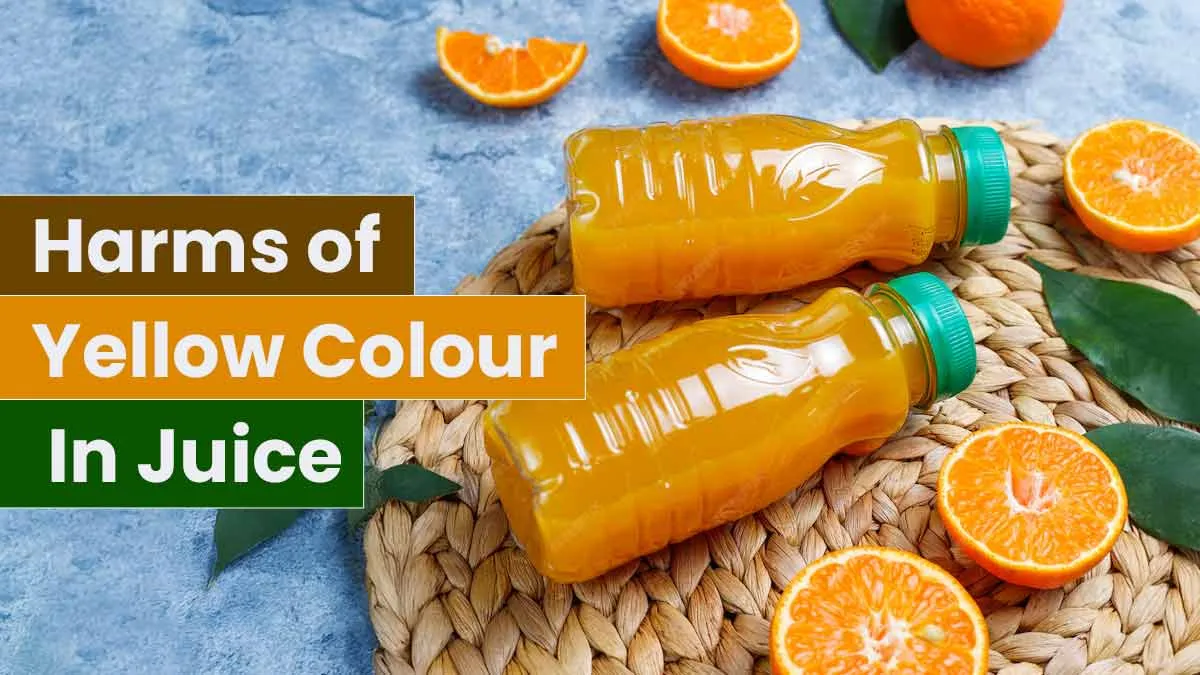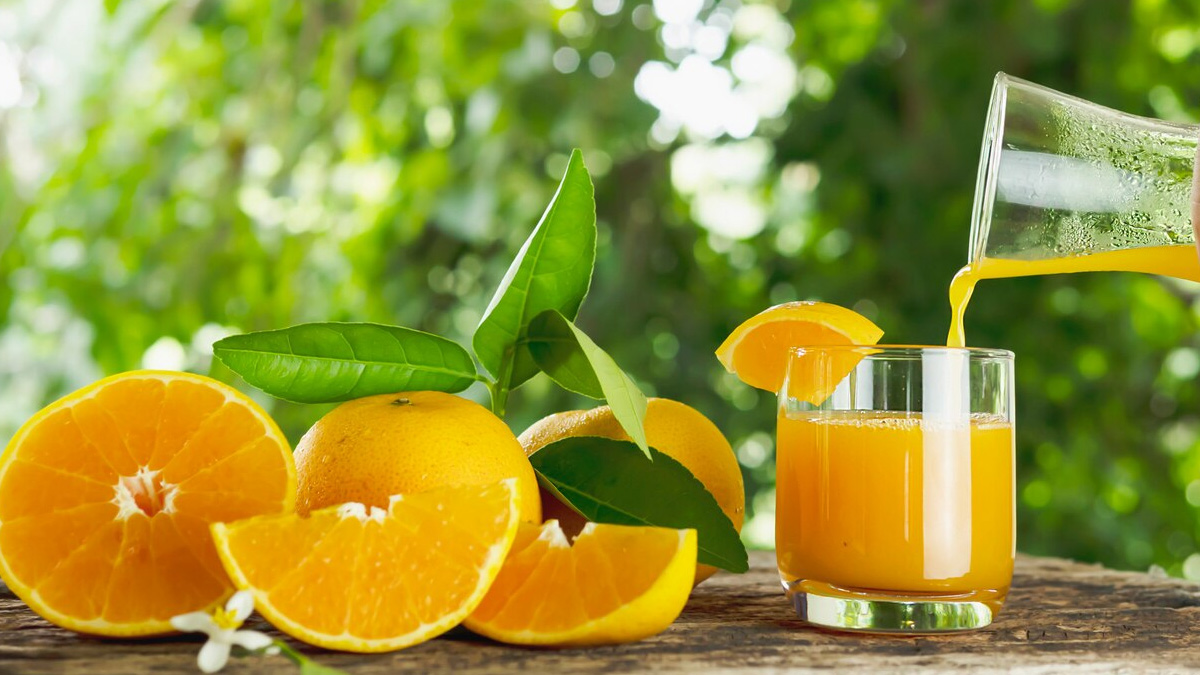
Bright yellow juices and snacks often catch your child’s eye, making them hard to resist. Whether it’s a glass of pineapple drink, a slice of cake, or a handful of chips, those vibrant colours seem fun and harmless. But have you ever wondered what gives these foods their sunny shade? Many packaged drinks and treats get their yellow colour from a chemical called tartrazine. While it may look appealing, health experts are raising concerns about the safety of this artificial dye especially for children. Before you pour another glass of that yellow juice, it’s important to know what’s really inside and how it could affect your child’s health.
Table of Content:-
What Is Tartrazine and Where Is It Found?
View this post on Instagram
Dr Mickey Mehta, Founder, Holistic Healing by Dr Mickey Mehta, Mumbai, warns parents: “Stop feeding anything artificial with yellow colours. Artificial colour consumption has a direct and indirect relation with cancer. Especially yellow colour has tartrazine inside, which is banned in first world countries like Norway, but in India, it is still allowed.”
Tartrazine (also called E102 or FD&C Yellow No. 5) is a synthetic dye made from coal tar. It is widely used to give a bright lemon-yellow colour to drinks, candies, cakes, chips, ice creams, and even some medicines and cosmetics.
Dr Mehta points out that children are the easiest targets, as they are attracted to colourful foods and drinks. He adds, “Your cakes and pastries could have that yellow colour. Now children become the easiest targets of those colours. They look so cute drinking pineapple juice but mind you, that colour could be a threat.”
ALSO READ: Regular Tea vs Matcha: Expert Shares Which Brew Wins for Overall Health
How Can Tartrazine Harm Your Child’s Health?![tartrazine for kids 1 - 2025-04-16T173836.976]()
Tartrazine has been linked to several health concerns, especially in children:
- Hyperactivity and Behaviour Disorders: A study from the University of Southampton in the UK found a link between artificial food dyes like tartrazine and increased hyperactivity in children. Children who consumed drinks with these dyes showed more behavioural problems and attention issues.
- Allergic Reactions: Tartrazine can cause allergic reactions, especially in children with asthma or aspirin sensitivity. Symptoms may include hives, swelling, or breathing problems.
- Hormonal Disruption: Some research suggests that artificial dyes may disrupt hormone balance in growing children.
- Cancer Risk: While more research is needed, tartrazine is considered a possible carcinogen. It is a cancer-causing agent due to how it breaks down in the body. Dr Mehta warns, “Artificial colour consumption has direct and indirect relation with cancer.”
- Other Effects: Studies have also linked tartrazine to problems with the liver, kidneys, and immune system, as well as skin rashes and migraines.
Children are especially vulnerable because their bodies are still developing, and their immune systems are not as strong as those of adults. Dr Mehta says, “Children are very sensitive. And the children’s constitutions are very weak to tolerate colour.”
How Can You Protect Your Child?![natural yellow drink 2 - 2025-04-16T173839.508]()
Dr Mehta urges parents to be more aware:
- Check food labels for tartrazine, E102, or FD&C Yellow No. 5.
- Say no to artificial colours in juices, snacks, and desserts.
- Choose natural alternatives like fresh fruit juices, homemade snacks, or products coloured with turmeric or saffron.
- Educate your children about the risks of colourful packaged foods.
As Dr Mehta puts it, “That ‘yellow’ might just be a red flag in disguise!”
ALSO READ: Drinking Hot Water in Summer? Expert Reveals Surprising Benefits for Digestion and Detox
Conclusion
The bright yellow colour in packaged drinks and snacks may look appealing, but it could be hiding a health risk for your child. Tartrazine, the artificial dye behind that colour, has been linked to behavioural issues, allergies, and even cancer. While some countries have banned it, tartrazine is still found in many foods in India. Protect your child by reading labels, avoiding artificial colours, and choosing natural alternatives. Sometimes, what looks fun and harmless could be more dangerous than you think.
Also watch this video
How we keep this article up to date:
We work with experts and keep a close eye on the latest in health and wellness. Whenever there is a new research or helpful information, we update our articles with accurate and useful advice.
Current Version

